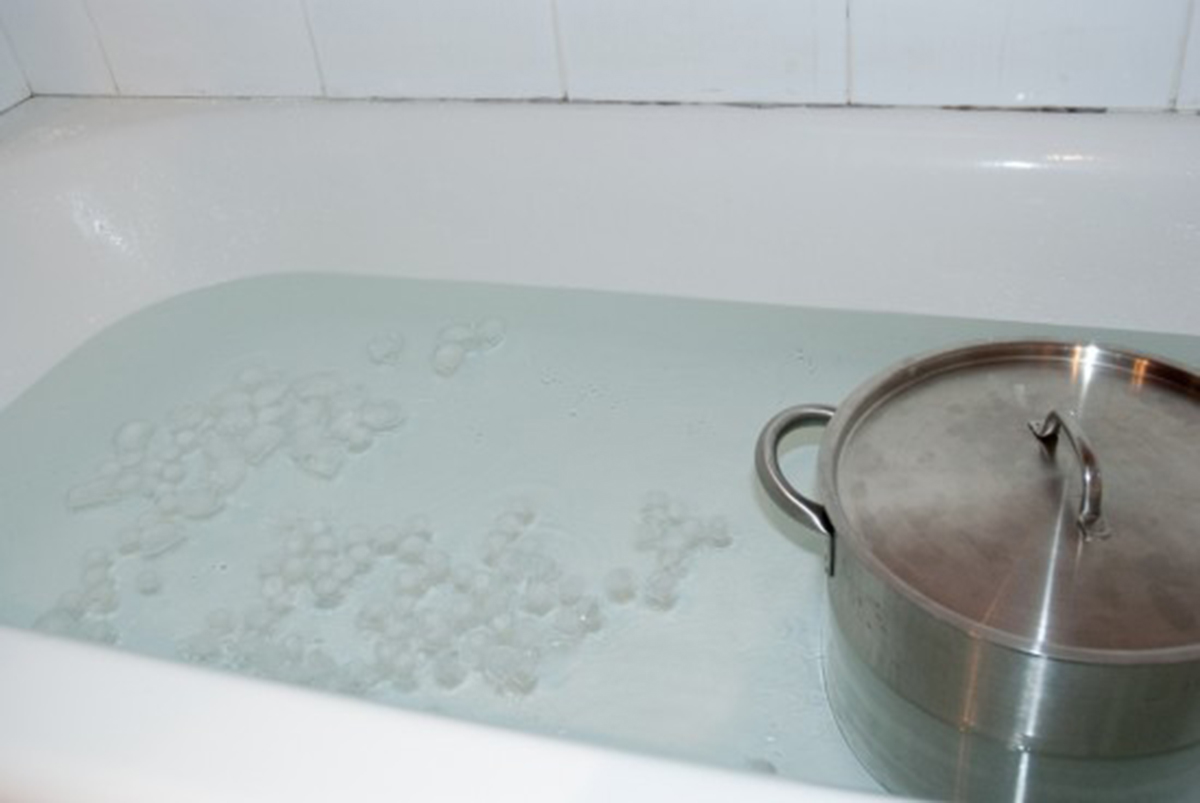Table of Contents
Now, you may be a staunch proponent of the ice bath, and swear by its effectiveness. If this is the case, and you feel that the pain of plunging yourself into a freezing tub after every run, squat workout, or practice on the football field is worth it for how you feel afterwards, then more power to you. Even if research shows ice baths aren't effective, there’s certainly something to be said for individualization and the placebo effect. If you feel the benefits – keep doing what you’re doing.

A study from the University of New Hampshire looked into ice bath’s effects on post workout muscular soreness, and found there was no statistically significant reduction in DOMS. Additionally, they noticed no benefits in terms of inflammation or strength gains either.
The study, which was carried out by masters student Naomi Crystal as part of her thesis, examined participants’ soreness from one hour to three days after exercise.
The design of the study was simple; 20 college aged men ran downhill for 40 minutes. Following this, 10 of them stood in a tub of thigh high ice cold water. To carry out the tests, measures of quadriceps strength, thigh girth, reported levels of pain walking downstairs, and blood levels of plasma chemokine ligand 2 (CCL2 - a marker for inflammation,) were tested.
A slight difference in CCL2 was noticed, but this wasn’t deemed statistically significant. Even if a larger difference was found in this particular parameter, the lack of results in the other three markers would far outweigh any benefits from the CCL2 change. What good is reduced inflammation if you’re not stronger, bigger and still in just as much pain after your workout session!?
Another aspect to take into consideration if you are thinking about taking an ice bath after a training session is pain.The pain gate theory does hold some merit, but the pain people suffer from taking an ice bath could be so much that it puts you off training altogether. Potentially, a muscle strain, sprain or tear could be painful enough to warrant the added discomfort of an ice bath, as the pain gate theory could reduce the acute feelings associated with such an injury.
As a matter of course though, if your training regime is properly structured, you shouldn't be in such a state post workout that you need to jump into freezing cold water to reduce your pain.
Read More: How to Avoid Sore Muscles after a Workout - and What to Do When Muscle Pain Occurs?
Ice baths may not be completely redundant, according to Crystal, they just shouldn't be used as a matter of course. The average gym goer, weekend warrior or recreational athlete is very unlikely to ever need an ice bath to reduce muscle soreness after a workout.
Perhaps if you've changed up your training routine, or done something where you've really pushed yourself – a marathon, or a power-lifting competition, for example, then an ice bath may be worthwhile, but otherwise, probably not. Now, if you're just curious what it might feel like to experience an ice bath after a workout, more power to you. The practice does sound interesting enough to at least merit trying it once, doesn't it? The good news here is that ice baths are safe. If they won't help you, they won't harm you, either.
- Ice Baths After Exercise Found To Have No Benefit For Reducing Muscle Soreness, Strength Loss, By Chris Weller | August 21, 2013
- www.medicaldaily.com/ice-baths-after-exercise-found-have-no-benefit-reducing-muscle-soreness-strength-loss-253243
- Photo courtesy of ActiveSteve by Flickr : www.flickr.com/photos/activesteve/4762774268
- Photo courtesy of Szapucki by Flickr : www.flickr.com/photos/chelsea_nj/7857335516


Your thoughts on this